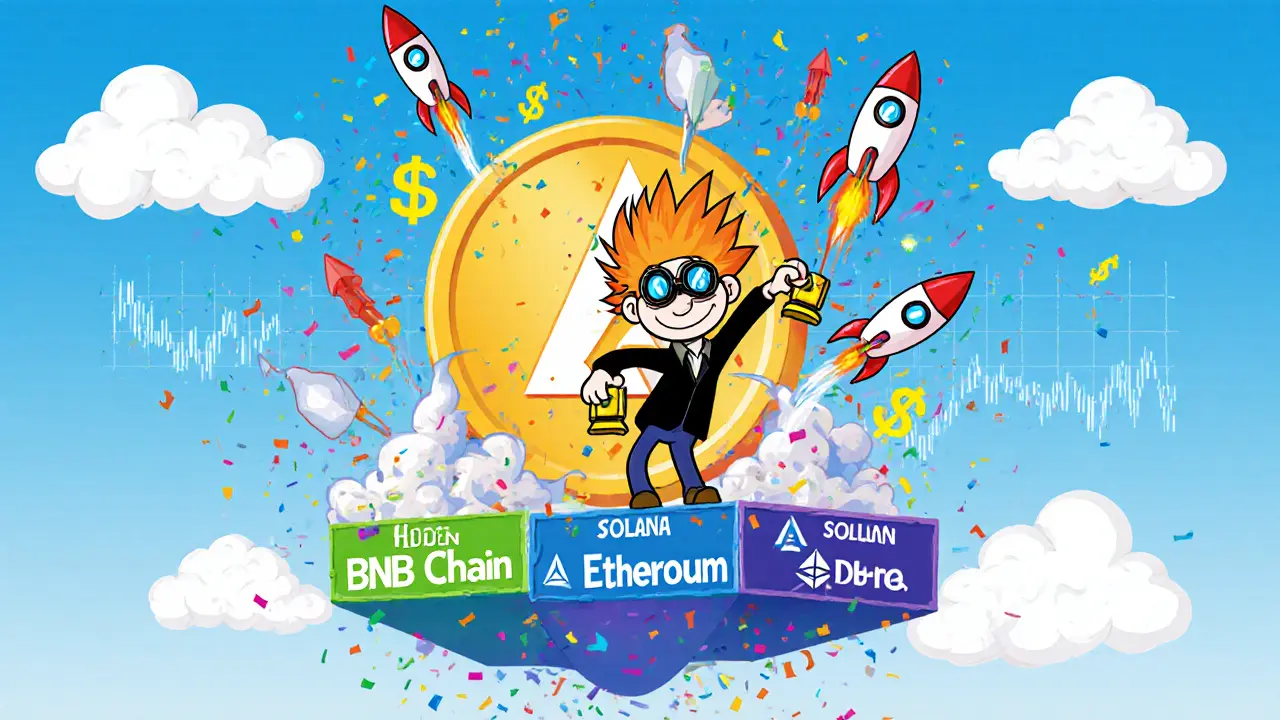Decentralized Exchange: Reviews, Guides & Strategies
When working with decentralized exchange, a peer‑to‑peer platform that lets you trade crypto assets without a central intermediary. Also known as DEX, it relies on smart contracts to execute swaps instantly and transparently. Understanding a DEX is the first step to navigating the wider DeFi landscape. It decentralized exchange ecosystem brings together several moving parts that shape how you trade, earn, and vote on protocol changes.
One core component is the Automated Market Maker, a smart‑contract system that sets prices based on a mathematical formula rather than an order book. AMMs power most DEXs by allowing anyone to provide assets into a liquidity pool, a shared reserve of tokens that traders draw from when swapping. The pool’s depth and the algorithm’s curve determine slippage, fees, and overall trade efficiency. In practice, the deeper the pool, the lower the price impact, which is why many users focus on high‑volume pools for larger swaps.
Token swapping on a DEX is essentially a contract‑driven trade that happens in a single transaction. Because the trade is executed on‑chain, you retain full custody of your assets, reducing the risk of hacks that plague centralized platforms. However, you also inherit blockchain fees and need to manage gas costs, especially on congested networks. Some DEXs now incorporate cross‑chain bridges, letting you swap assets across different blockchains without leaving the interface, which expands liquidity and opens new arbitrage opportunities.
Governance and Community Control
Many modern DEXs issue a governance token, a digital asset that grants holders voting rights on protocol upgrades, fee structures, and incentive programs. Holding the token can also unlock fee rebates or yield farming boosts, aligning user incentives with the platform’s success. Governance creates a feedback loop: active participants help shape the DEX, and the resulting improvements attract more traders, which in turn can increase token value.
When choosing a DEX, compare fees, supported assets, and the strength of its community governance. Look for platforms that audit their contracts regularly and provide clear documentation. Tools like on‑chain analytics dashboards let you track pool health, token velocity, and voting outcomes, giving you data‑driven confidence before you commit capital.
With these fundamentals in mind, you’re ready to dive into the curated list of reviews, deep‑dive analyses, and practical guides below. Each entry breaks down a specific DEX, its unique features, and how it fits into the broader decentralized finance picture, so you can pick the right platform for your trading style and risk appetite.


